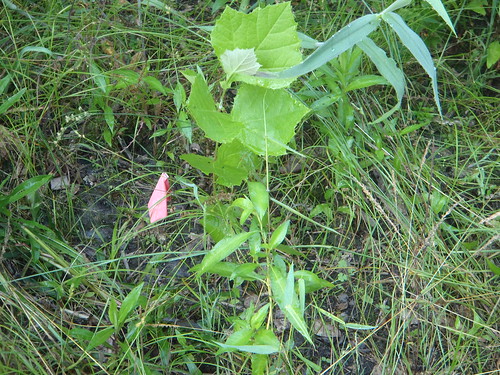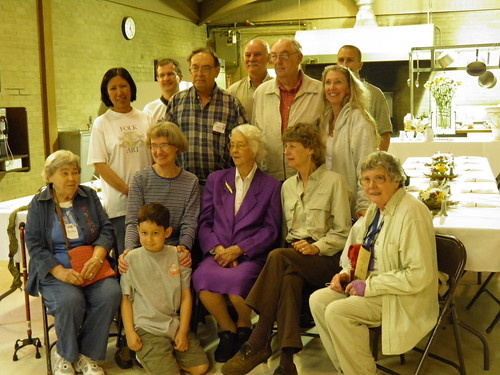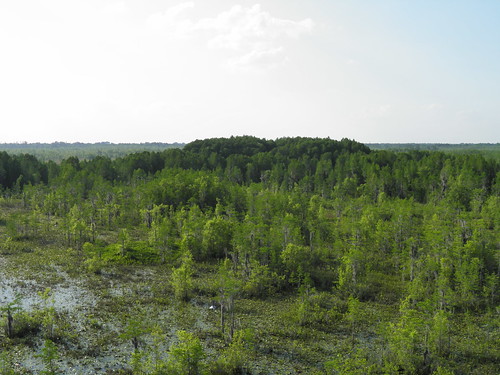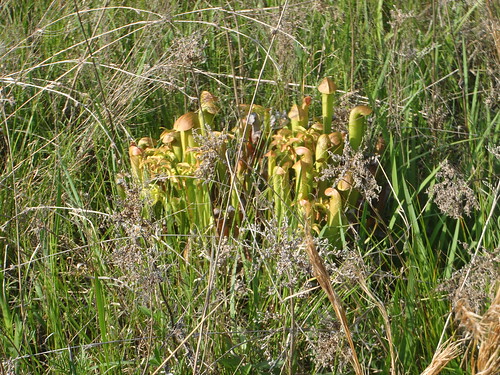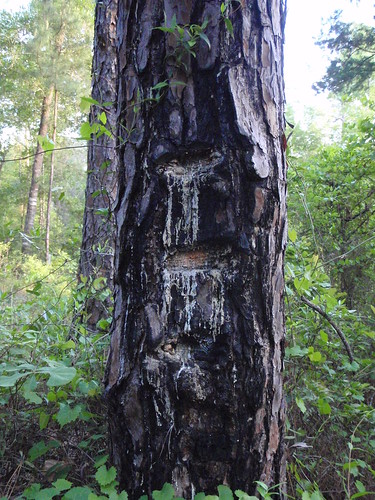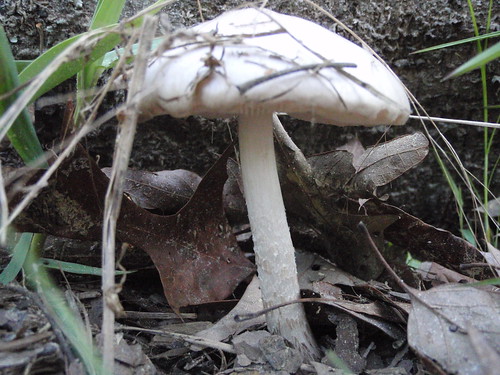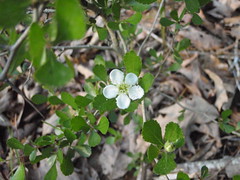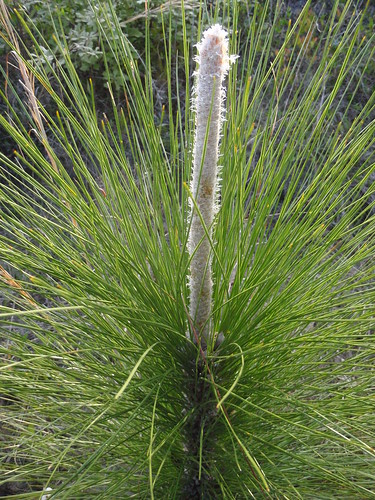Weeded: Continue reading
Category Archives: Plants
Looking for Longleaf
 Looking for Longleaf: The Fall and Rise of an American Forest,
by Lawrence S. Earley
Looking for Longleaf: The Fall and Rise of an American Forest,
by Lawrence S. Earley
The tallest and strongest of pine trees, longleaf made great sailing ship masts , tar for caulking ships, and of course saw timber. How the early settlers cut down trees for houses and to clear land to farm. Their hogs and cows running loose in the woods ate the young longleaf, suppressing new trees for a hundred years. Then professional forestry took over, trying to suppress the fire that destroyed northern white pine forests, yet which preserves southern longleaf pine forests. The sad story of turpentine: we knew better, but we did it anyway.
The peculiar life cycle of a tree that starts out looking like a clump of grass, and can stay that way for decades, yet promotes and survives fire and can grow more than 100 feet tall and live for centuries. The thousands of species of plants, animals, and fungi the forest protects, many of them, like wiregrass, also adapted to fire.
How tuberculosis and quail led to new understandings of longleaf and fire, and the people who discovered those things. We do know how to grow these trees now, and lots of people are doing it: for jobs, for sawtimber, for the beauty of the forest.
Elsie Quarterman Cedar Glade Festival
This is Elsie’s 100th year: Continue reading
Egrets in Trees
What lives there? Continue reading
Pitcher Plants
Gretchen, can you use the long lens? Continue reading
Food Conversations Quantified
 Bill McKibben on
Why Future Prosperity Depends on More Socializing —
Access to cheap energy made us rich, wrecked our climate and left us lonely,
and what to do about it:
Bill McKibben on
Why Future Prosperity Depends on More Socializing —
Access to cheap energy made us rich, wrecked our climate and left us lonely,
and what to do about it:
Often a farmers’ market is the catalyst — not just because people find that they like local produce, but because they actually meet each other again. This is not sentiment talking; this is data. A team of sociologists recently followed shoppers around supermarkets and then farmers’ markets. You know the drill at the Stop’n‘Shop: you come in the automatic door, fall into a light fluorescent trance, visit the stations of the cross around the perimeter of the store, exit after a discussion of credit or debit, paper or plastic. But that’s not what happens at farmers’ markets. On average, the sociologists found, people were having ten times as many conversations per visit. They were starting to rebuild the withered network that we call a community. So it shouldn’t surprise us that farmers’ markets are the fastest-growing part of our food economy; they are simply the way that humans have always shopped, acquiring gossip and good cheer along with calories.Local food isn’t just about food: it’s also about conversations and community.
So if you want to act the way you feel, one way to start is to change your obesity network by going to the farmer’s market. It’s good for the local economy and environment, too.
Grand Bay Channels
Sunbeams: Continue reading
Line Tree
Some smilax and grape vines: Continue reading
In the spring piney woods
Candling Longleaf
This nine foot loblolly is about 3 years old, as you can see since John S. Quarterman can reach 8 feet high and it’s a foot higher than that: Continue reading
